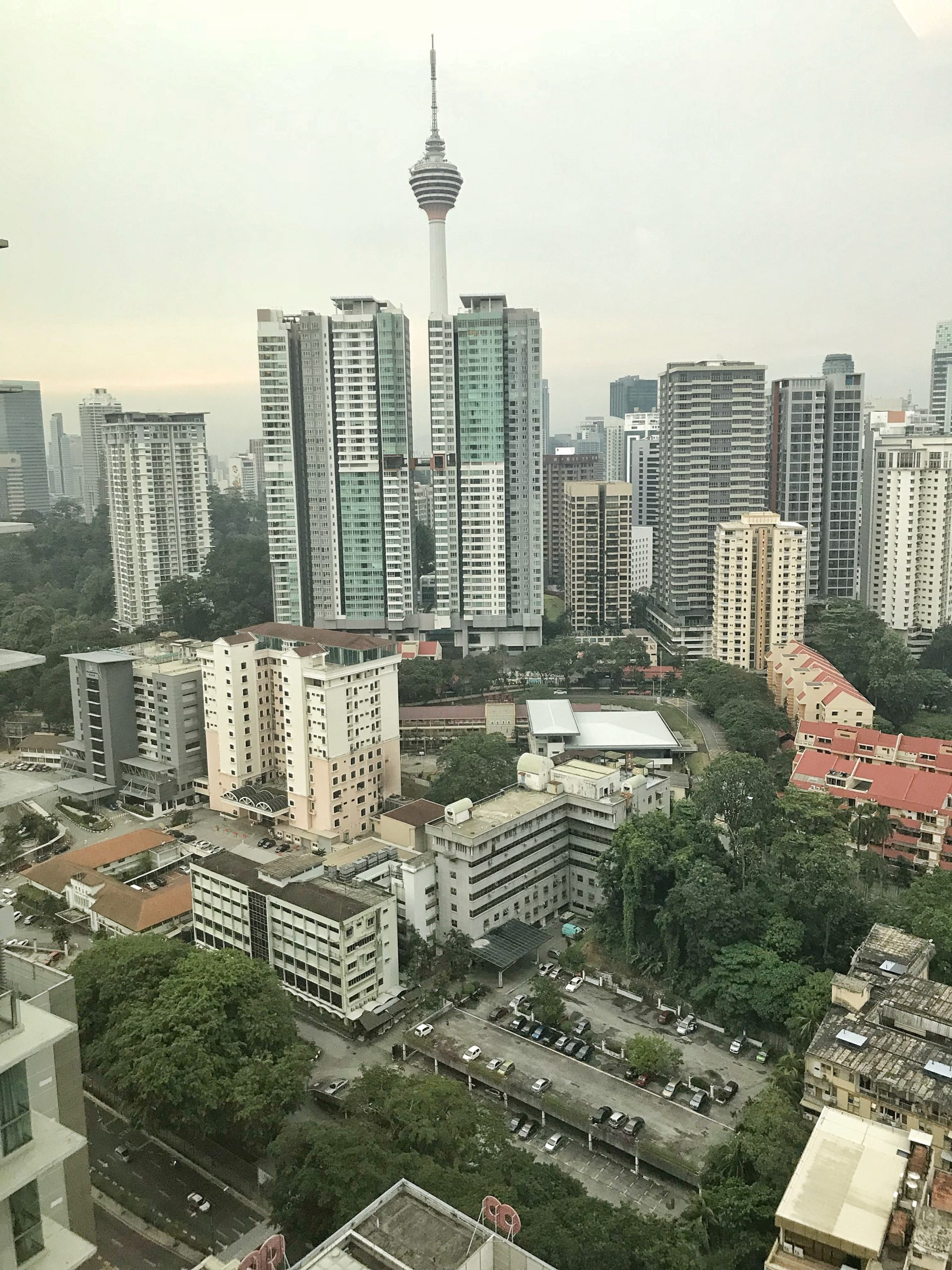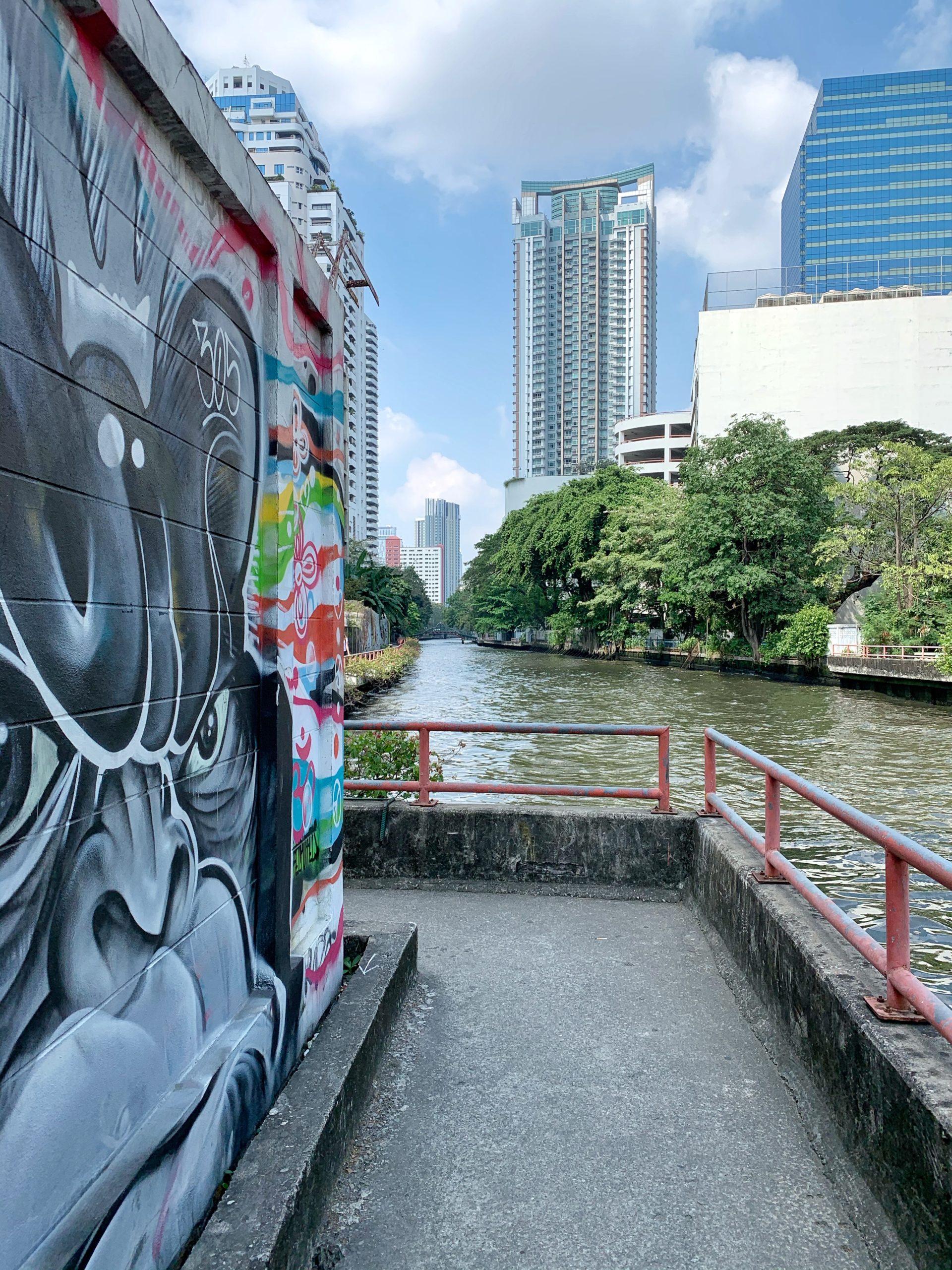The Pandemic and the Plight of Cities
Is the Urban Exodus all Hype?

The media has been reporting about the masses moving out of New York City or San Francisco. Articles in a rush to prognosticate the “new normal” predict crowded cities to be vacated.[1] The articles inevitably tell the story of a family with kids and pets trying to survive Coronavirus lockdown in a small apartment who decide to move out of the urban core. The combination of the lack of mobility in a dense city and the ability of many to work from distance spelled doom for cities as we have known them…at least according to the hype. Are these anecdotal stories indicative of a larger trend?
I don’t buy the hype and research doesn’t corroborate it. In fact, Los Angeles has actually seen an increase of those moving into the city.[2] Cities will continue as vital centers of human commerce, social interaction, and innovation. While there is no doubt that the pandemic will alter some aspects of city life, the long-term impact is overstated. We need cities and cities need us.
1. Most Urbanites Cannot Afford to Move to Comfort
It is true that many who had second homes went to them during the strictest times of quarantine. To state the obvious, that is not an option most of us have available to us. It is true that there have been a number of people who have moved out of the densest cities either temporarily or permanently. In New York City, it was the wealthier neighborhoods that saw an emptying out.[3] Moving is expensive, and most city dwellers do not have the luxury to pick up and move to another location (for many reasons).
2. Working/studying Remotely is Only Viable for Some
There is no doubt the pandemic has allowed businesses and schools to think creatively about how to continue through remote access. In some ways, the shift may have boosted efficiency because there were fewer meetings called by managers who needed something to do. But most people do not have the kinds of jobs that can be done remotely. We are embodied beings, which means much of our work requires material work. Think of all the work that requires physical presence: health services, construction, consumer goods production, municipal services, maintenance, transportation, food and beverage services, and the list could go on. Even in highly developed nations, only 40% of the work force can do so from home.[4] One study done by The University of Chicago notes a correlation between a country’s GDP and ability to work from home.[5] Although businesses have done an exemplary job of adjusting to enable remote work, it cannot be called the “new normal.”
3. Even for Those Who Can Work from Home, It is Not Sustainable
By now, most of us have had watch a favorite comedian try to perform without an audience. It immediately becomes clear that a comedian feeds off of the audience and her or his craft diminishes without real-time interaction. When lockdowns and movement restrictions began (in March in many places), remote meetings were something different for many people and the use of new technologies added new exciting challenges.
It did not take long before the novelty of working from home wore off. Barking dogs, screaming children, and the inevitable construction project of the neighbor was no longer the entertaining exception. To add to the challenges, coworkers missed interacting casually. Incidental social interaction is import for quality collaboration. Innovation, morale, and motivation take a hit from remote work.
4. The Arts, Entertainment, and Sports Leverage Urban Density
Many have been grieving the lack of sports or live entertainment during the pandemic. The live virtual performances have been a pleasant surprise and sports are beginning to return, albeit with empty or near empty stadiums. But it is not a long-term solution. Cities have always been an accelerant for the arts. Sports and entertainment, like the arts require a certain degree of critical mass to become economically viable. Broadway in New York City, Hollywood in LA, Bollywood in Mumbai and Nollywood in Lagos, represent enormous industries that employ millions and entertain billions. People everywhere, urban and rural alike, are entertained by this highly urban-centered industry. These urban-based industries require thriving cities to continue.
5. We Are Social Beings
In the creation account of the biblical book of Genesis, it says that “It is not good that the man should be alone” (Gen 1:2, NRSV). During one group meeting, one woman said that she normally enjoys living by herself in San Francisco, but the pandemic has shown her how much she needed the interaction with others through work, church, and her daily routine. Deep within the human psyche is a created need to be social. Although technology allows intentional communication in virtual space, the lack of casual encounters is proving detrimental. Studies have shown significant increases in loneliness and a spike in mental health issues. For adults with children in the home severe distress went from 3% to 38%. Furthermore, experts warn us that long-term issues will develop after extended isolation. Although measures to quarantine and be socially distanced are important in the midst of a health crisis, self-isolation is not healthy as long-term solution. People thrive emotionally and socially when they have proximity to other people.
6. Economic Challenges May Draw More People to Cities
In actuality, the global shutdown may prove to draw more people to cities. Admittedly, this is more speculative, but it stands to reason that economic woes generally pull people to the economic centers. And there are indicators showing human migration back to the cities. In late March, India went into a lockdown leaving millions of Indians working in cities without a salary. Thus, began a return to rural villages all over the country.[6] While some have leveraged government programs for rural development, one study shows that 29% of those who left the cities have already returned, and this is while the pandemic continues as a threat. Another 45% of those who left cities indicated a desire to return.[7] Furthermore, as economies shift back into a higher gear, urban-based industries need labor.[8] Quite simply, the availability of jobs in cities and the need of many millions for stable work will mean cities will return pre-pandemic growth.
Cities will Continue, but Great Cities will Adapt

Although cities will continue to be the stackpoles of civilization, there will likely be changes and innovations as a result of the pandemic. A yellow fever outbreak in Philadelphia in 1793 encouraged the development of municipal sanitation. Cholera outbreaks in cities in the 1850s led to further changes in public health.[9] Derek Thompson catalogs a number of times cities responded to devastating disasters in ways that made them come back even stronger.[10]
We can certainly anticipate that urban housing might adjust to have outdoor access through balconies and perhaps office nooks. Education and work may allow more remote access which will change traffic patterns and social flows in the city. Public health may become less centralized and bogged down in long waits. Before the pandemic accessible public space (parks, squares, sidewalks) was decreasing. There may be a renewal in valuing public spaces in urban neighborhoods. It is likely the biggest changes have not even been imagined yet. Yet, we will still aggregate in cities because it is who we are as humans. Will there be changes to our cities? Absolutely. Will this pandemic be the death knell to urban living? Not a chance.
[1]Aria Bendix, “The Coronavirus Pandemic Spells the End for Big Cities — Again,” Business Insider, May 8, 2020, https://www.businessinsider.com/cities-are-over-again-coronavirus-2020-5; Matt Charnock, “San Franciscans Continue Leaving for More ‘Comfortable Lives’ Elsewhere as Rental Prices Plunge,” SFist – San Francisco News, Restaurants, Events, & Sports, July 2, 2020, https://sfist.com/2020/07/02/san-franciscans-continue-leaving-for-more-comfortable-lives-elsewhere-as-rental-prices-plunge/; Daniel Henninger, “The Coming Urban Exodus – WSJ,” Wall Street Journal, June 17, 2020, https://www.wsj.com/articles/the-coming-urban-exodus-11592435672.
[2]Kelsi Maree Borl, “Moving Stats Don’t Support Urban Exodus,” GlobeSt.com, August 3, 2020, https://www.globest.com/2020/08/03/moving-stats-dont-support-urban-exodus/.
[3]Jeff Andrews, “All These Stories About People Fleeing Cities Are Total Nonsense,” Curbed, July 13, 2020, https://www.curbed.com/2020/7/13/21319909/coronavirus-urban-exodus-cities-moving-suburbs.
[4]Mark Travers, “What Percentage Of Workers Can Realistically Work From Home? New Data From Norway Offer Clues,” Forbes, April 24, 2020, https://www.forbes.com/sites/traversmark/2020/04/24/what-percentage-of-workers-can-realistically-work-from-home-new-data-from-norway-offer-clues/.
[5]Madison Hoff, “This Chart Shows Just How Many Jobs Can Be Done from Home in Other Countries,” Business Insider, accessed May 3, 2020, https://www.businessinsider.com/how-many-jobs-can-be-done-from-home-other-countries-2020-5.
[6]Anjana Pasricha, “Pandemic Triggers Reverse Migration from India Cities to Villages,” Voice of America, July 24, 2020, https://www.voanews.com/covid-19-pandemic/pandemic-triggers-reverse-migration-india-cities-villages.
[7]“Two-Thirds of Migrant Workers Have Returned to Cities or Wish to Do so: Survey – The Economic Times,” The Economic Times, August 3, 2020, https://economictimes.indiatimes.com/news/politics-and-nation/two-thirds-of-migrant-workers-have-returned-to-cities-or-wish-to-do-so-survey/articleshow/77328525.cms?from=mdr.
[8]Benjamin Parkin and Jyotsna Singh, “Migration out of Cities Leaves India’s Factories without Workers,” July 20, 2020, https://www.ft.com/content/5426436b-193b-4e27-a86e-7f9154654a11.
[9]Karen Nikos-Rose, “How Have Pandemics Historically Changed Cities?,” UC Davis, May 19, 2020, https://www.ucdavis.edu/curiosity-gap/how-have-pandemics-historically-changed-cities; Catherine Brinkley and Domenic Vitiello, “From Farm to Nuisance: Animal Agriculture and the Rise of Planning Regulation,” Journal of Planning History 13, no. 2 (May 1, 2014): 113–35, https://doi.org/10.1177/1538513213507542.
